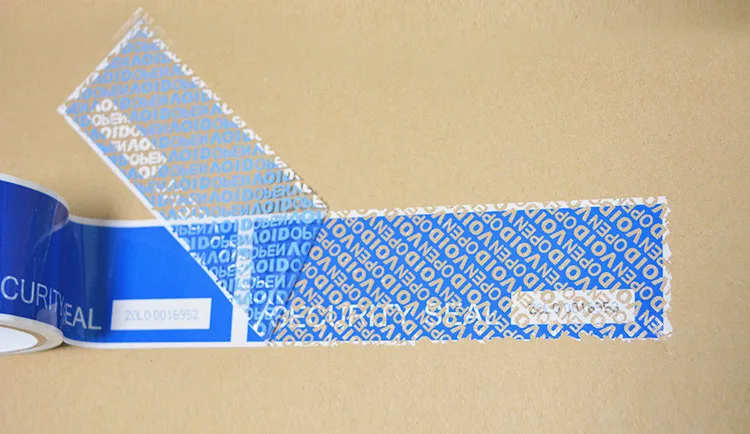Adhesive tape is incredibly useful for a multitude of tasks, from packaging and crafting to temporary fixes and mounting items. However, the residual adhesive left behind once the tape is removed can be a stubborn nuisance. This sticky residue can mar the appearance of various surfaces and can be surprisingly difficult to clean off without causing damage. In this blog, we will explore practical methods for removing adhesive tape residue from a variety of materials, ensuring that you can restore your surfaces to their pristine condition. Whether you’re dealing with fabric, metal, walls, wood, ceramics, glass, or painted surfaces, we have comprehensive solutions to meet your needs.
Removing Adhesive Tape Residue: 10 Simple Methods
When faced with the challenge of removing adhesive tape residue, there are several effective techniques you can employ. These methods utilize common household items and are safe for a wide range of surfaces.
1. Using a Hair Dryer: Applying heat can soften the adhesive, making it easier to remove. Use a hair dryer to blow hot air directly onto the residue for a minute or two. The heat will loosen the adhesive’s grip on the surface. Once the adhesive is warm and pliable, you can gently scrape it off with a plastic scraper or your fingernail. Be cautious not to overheat the surface, especially if it’s made of plastic or a material that could warp under high temperatures.
2. Applying White Vinegar or Lemon Juice: Both white vinegar and lemon juice are natural solvents that can break down adhesive residue. Soak a cloth in either vinegar or lemon juice and place it over the sticky area for a few minutes. The acidity will dissolve the adhesive, making it easier to wipe away with a clean cloth. This method is particularly useful for surfaces like glass and metal.
3. Using Alcohol or Nail Polish Remover: Isopropyl alcohol (rubbing alcohol) or acetone-based nail polish remover can be highly effective in dissolving adhesive residues. Apply a small amount of alcohol or nail polish remover to a cloth and rub it over the adhesive until it dissolves. This method works well on non-porous surfaces but should be tested on a small, inconspicuous area first to ensure it doesn’t damage the finish.
4. Using an Eraser: A regular pencil eraser can sometimes work wonders on adhesive residue. Simply rub the eraser over the sticky spot, and the friction will help to roll the adhesive into small balls that you can easily pick off. This method is gentle and unlikely to cause any damage to most surfaces.
5. Applying Olive Oil or Baby Oil: Oils can effectively break down adhesive residues. Apply a small amount of olive oil or baby oil to a cloth and rub it over the residue. Let it sit for a few minutes to penetrate the adhesive. Afterward, wipe away the softened adhesive with a clean cloth. This method is safe for use on most surfaces, including wood and metal.
6. Toothpaste as a Solution: Non-gel toothpaste contains mild abrasives that can help to lift adhesive residue. Apply a small amount of toothpaste to the sticky area and scrub gently with a cloth or your finger. Rinse with warm water and wipe clean. This method is especially useful for small, stubborn spots on various surfaces.
7. Baking Soda and Water Paste: Mix baking soda with a small amount of water to create a paste. Apply the paste to the adhesive residue and let it sit for a few minutes. Scrub gently with a cloth or sponge, and then rinse with water. Baking soda is a mild abrasive that can help to lift the adhesive without scratching the surface.
8. Commercial Adhesive Removers: There are many commercial products designed specifically to remove adhesive residues. These removers are formulated to break down sticky substances and can be very effective. Follow the manufacturer’s instructions carefully to avoid damaging the surface.
9. Using Dental Floss or a Razor Blade: For particularly stubborn residues, you can use dental floss or a razor blade (with caution). Slide the dental floss under the adhesive to loosen it, or carefully scrape with a razor blade at a low angle to avoid scratching the surface. This method requires a steady hand and should be done slowly to prevent damage.
10. Cleaning with Soap and Water: Sometimes, simple soap and water can do the trick, especially for light adhesive residues. Mix warm water with a bit of dish soap, apply to the residue, and scrub with a cloth or sponge. This method is gentle and safe for most surfaces but might need repeated applications for more stubborn residues.
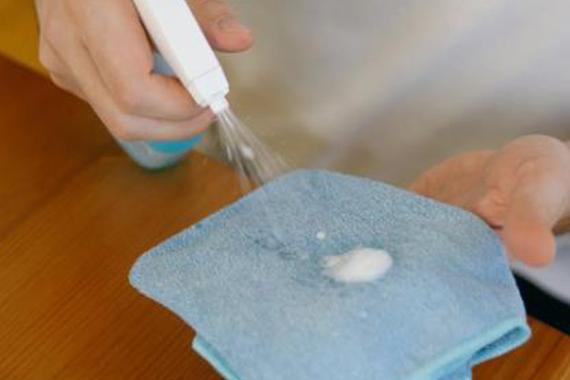
How to Remove Adhesive Tape Residue from Fabric?
Adhesive tape residue on fabric can be particularly challenging to deal with, as it often becomes embedded within the fibers. Whether it’s on clothing, upholstery, or other types of fabric, it’s important to remove the residue without damaging the material. Here are several effective methods to tackle this problem.

1. Using Mild Detergents: One of the safest and most effective methods for removing adhesive residue from fabric is to use a mild detergent. Begin by applying a small amount of the detergent directly to the residue. Gently rub the detergent into the fabric using a soft brush or your fingers. Allow it to sit for a few minutes to break down the adhesive. Then, rinse the area with warm water and blot it dry with a clean cloth. This method is particularly useful for delicate fabrics, as it minimizes the risk of damage.
2. The Freezing Method: Freezing can be a surprisingly effective way to remove adhesive residue from fabric. Place the fabric item in a plastic bag and put it in the freezer for a few hours. Once the adhesive is frozen, it will become brittle and easier to remove. Take the fabric out of the freezer and gently scrape off the residue with a plastic scraper or your fingernail. This method works best for thicker fabrics where the adhesive residue is more superficial.
3. Rubbing Alcohol Application: Isopropyl alcohol, also known as rubbing alcohol, can be very effective at dissolving adhesive residues on fabric. Dampen a cotton ball or cloth with rubbing alcohol and gently blot the adhesive area. Be sure to test the alcohol on an inconspicuous area of the fabric first to ensure it does not cause discoloration or damage. Once the adhesive has been softened by the alcohol, you can gently rub it off with a clean cloth. Repeat as necessary until the residue is completely removed.
4. Specialized Adhesive Removers: There are specialized adhesive removers available that are designed to be safe for use on fabrics. These products are formulated to break down adhesive residues without harming the material. Follow the instructions on the product carefully, and always test a small, hidden area of the fabric first to ensure it does not cause any adverse effects. These removers are often effective for stubborn residues that do not respond to other methods.
5. Avoiding Damage to Fibers: When removing adhesive residue from fabric, it’s crucial to avoid damaging the fibers. Always use gentle, non-abrasive methods and tools. Avoid using sharp objects or excessive force, as this can tear or fray the fabric. If you are dealing with a particularly delicate or valuable piece of fabric, it may be best to seek professional cleaning services to ensure the material is not damaged during the removal process.
How to Remove Adhesive Tape Residue from Metal?
Removing adhesive tape residue from metal surfaces can be tricky, especially if the residue has been left for a long time and has hardened. However, with the right techniques and tools, you can effectively clean the metal without scratching or damaging it. Here are some reliable methods to consider.
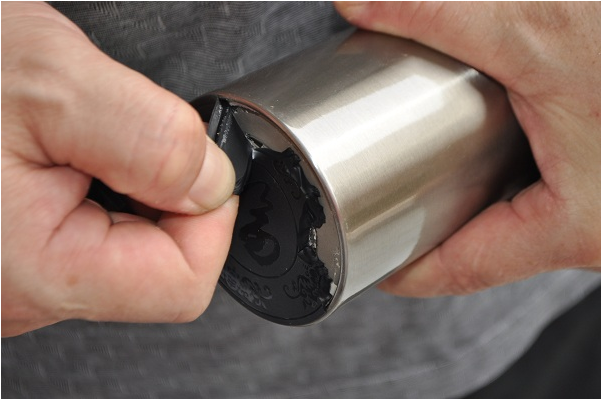
1. Using WD-40 or Similar Lubricants: One of the most popular and effective methods for removing adhesive residue from metal is to use a lubricant like WD-40. Spray a generous amount of WD-40 onto the residue and let it sit for a few minutes. The lubricant will penetrate and soften the adhesive, making it easier to wipe away with a cloth. This method works well on various metal surfaces, including stainless steel and aluminum. After removing the residue, clean the area with soap and water to remove any remaining lubricant.
2. Applying White Vinegar and Water Solution: White vinegar is a natural solvent that can effectively break down adhesive residue. Mix equal parts of white vinegar and water in a spray bottle. Spray the solution onto the adhesive residue and let it sit for a few minutes. The acidity of the vinegar will help dissolve the adhesive. Wipe the area with a soft cloth, repeating the process if necessary. This method is particularly useful for light adhesive residues on metal surfaces.
3. Using a Razor Blade or Plastic Scraper: For particularly stubborn residues, a razor blade or plastic scraper can be effective. Hold the razor blade at a low angle and gently scrape the adhesive off the metal surface. Be careful to avoid scratching the metal. For added safety, you can use a plastic scraper or an old credit card instead of a razor blade. This method requires patience and a steady hand but can be very effective for removing tough residues.
4. Applying Rubbing Alcohol: Isopropyl alcohol, or rubbing alcohol, is another excellent solvent for adhesive residues. Apply a small amount of rubbing alcohol to a cloth and rub it onto the adhesive residue. The alcohol will dissolve the adhesive, making it easier to wipe away. This method is safe for most metal surfaces but should be tested on an inconspicuous area first to ensure it does not cause discoloration or damage.
5. Preventing Scratches and Damage: When removing adhesive residue from metal, it’s important to take precautions to prevent scratching or damaging the surface. Avoid using abrasive scrubbers or harsh chemicals that could etch or discolor the metal. Always use soft cloths and gentle cleaning agents. If you are unsure about a particular method, test it on a small, hidden area first to ensure it is safe for your specific type of metal.
How to Remove Adhesive Tape Residue from Walls?
Removing adhesive tape residue from walls can be a delicate task. Walls can be painted, wallpapered, or textured, and each type requires a careful approach to avoid damage. Here are several effective methods for safely removing adhesive residue from different types of walls.
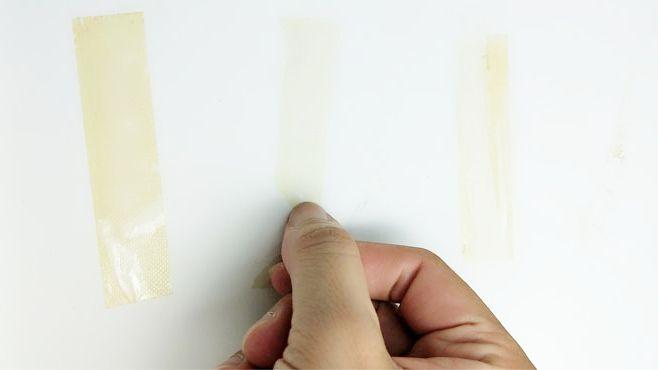
1. Using Warm Soapy Water: One of the simplest and safest methods for removing adhesive residue from walls is to use warm soapy water. Mix a small amount of dish soap with warm water and apply it to the adhesive residue using a soft cloth or sponge. Gently rub the area in a circular motion until the adhesive starts to come off. This method is especially effective for painted walls, as it is unlikely to damage the paint. After removing the residue, wipe the area with a clean, damp cloth to remove any soap residue.
2. Applying a Magic Eraser: Magic erasers are excellent tools for removing stubborn adhesive residues from walls. These sponges contain a mild abrasive that can lift adhesive without damaging most surfaces. Wet the magic eraser and gently rub it over the adhesive residue. This method works well on both painted walls and wallpaper. However, it’s always a good idea to test the eraser on a small, inconspicuous area first to ensure it doesn’t damage the surface.
3. Avoiding Damage to Paint or Wallpaper: When dealing with painted or wallpapered walls, it’s crucial to avoid using harsh chemicals or abrasive tools that could strip the paint or tear the wallpaper. Always opt for gentle methods and tools, and test any cleaning agents on a small, hidden area before applying them to the adhesive residue. If you’re unsure about a particular method, consider consulting a professional to avoid causing damage to your walls.
4. Applying a Baking Soda Paste: Baking soda is a gentle abrasive that can help lift adhesive residue from walls. Mix baking soda with a small amount of water to create a thick paste. Apply the paste to the adhesive residue and let it sit for a few minutes. Then, gently scrub the area with a soft cloth or sponge. This method is particularly useful for textured walls, as the baking soda can get into the crevices and lift the adhesive. After removing the residue, wipe the area with a clean, damp cloth to remove any remaining baking soda.
5. Using Commercial Adhesive Removers: There are many commercial adhesive removers designed specifically for safe use on walls. These products are formulated to dissolve adhesive residues without damaging paint or wallpaper. Follow the manufacturer’s instructions carefully, and always test the product on a small, hidden area first to ensure it is safe for your walls. Commercial adhesive removers can be particularly effective for stubborn residues that do not respond to other methods.
How to Remove Adhesive Tape Residue from Wood?
Wood surfaces, whether they are furniture, flooring, or trim, can be particularly sensitive to adhesive residue removal. The finish and type of wood can easily be damaged if not handled properly. Here are several effective methods to safely remove adhesive tape residue from wood surfaces.
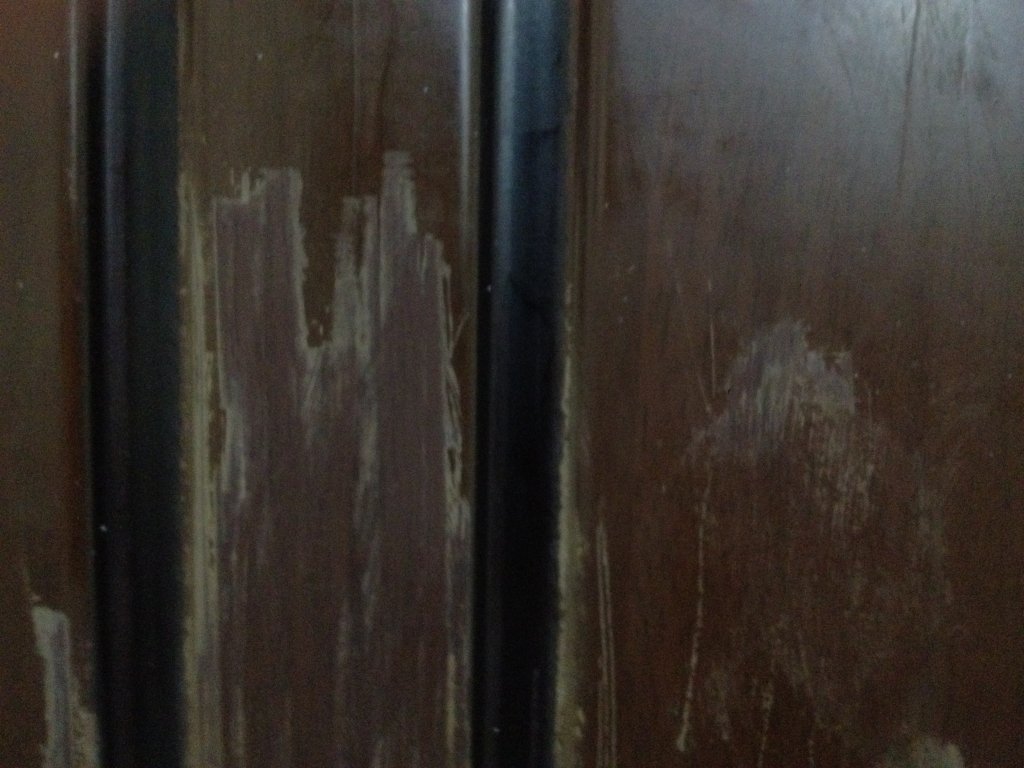
1. Using Olive Oil or Vegetable Oil: Oils like olive oil or vegetable oil are gentle yet effective solvents for adhesive residue. Apply a small amount of oil to a cloth and gently rub it over the sticky residue. Allow the oil to sit for a few minutes to break down the adhesive. Then, wipe away the residue with a clean cloth. This method is safe for most wood finishes and is especially effective for sticky residues on natural wood surfaces. Afterward, clean the area with a mild soap and water solution to remove any remaining oil.
2. Applying Warm Soapy Water: For light adhesive residues, a mixture of warm water and mild dish soap can be quite effective. Soak a cloth in the soapy water and gently rub the adhesive residue. The soap will help to break down the adhesive without damaging the wood finish. This method is particularly useful for painted or varnished wood surfaces. Once the residue is removed, wipe the area with a clean, damp cloth to remove any soap residue.
3. Using Rubbing Alcohol: Isopropyl alcohol, or rubbing alcohol, can dissolve adhesive residues on wood surfaces. Dampen a cloth with rubbing alcohol and gently rub it over the adhesive. Be cautious with this method, as alcohol can potentially damage some wood finishes. Always test on a small, inconspicuous area first to ensure it does not cause discoloration or damage. After the adhesive is removed, clean the area with a damp cloth to remove any alcohol residue.
4. Avoiding Damage to Wood Surfaces: Wood surfaces can be easily damaged by harsh chemicals or abrasive tools. When removing adhesive residue, always opt for gentle methods and tools. Avoid using metal scrapers or abrasive pads that could scratch or mar the wood. If the adhesive residue is particularly stubborn, consider consulting a professional to avoid causing damage to your wood surfaces.
5. Gently Scraping with a Plastic Scraper: For tougher residues, a plastic scraper or an old credit card can be useful. Hold the scraper at a low angle and gently scrape the adhesive off the wood surface. This method minimizes the risk of scratching the wood compared to using a metal scraper. After scraping off the bulk of the adhesive, you can use one of the other methods mentioned above to remove any remaining residue.
6. Using a Hair Dryer: Applying heat can soften the adhesive, making it easier to remove. Use a hair dryer to blow warm air onto the adhesive residue for a minute or two. The heat will loosen the adhesive’s grip on the wood. Gently wipe away the softened adhesive with a cloth or use a plastic scraper to remove it. Be careful not to overheat the wood, as excessive heat can damage the finish.
How to Remove Adhesive Tape Residue from Ceramic?
Ceramic surfaces, such as tiles, pottery, and other ceramics, can accumulate adhesive residue from various tapes and stickers. Removing this residue without damaging the ceramic is crucial to maintain its appearance and integrity. Here are several effective methods for safely removing adhesive residue from ceramic surfaces.
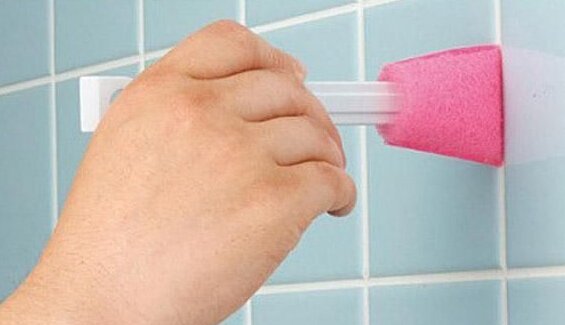
1. Using a Baking Soda and Water Paste: Baking soda is a mild abrasive that can help remove adhesive residue without scratching ceramic surfaces. Mix baking soda with a small amount of water to create a thick paste. Apply the paste to the adhesive residue and let it sit for a few minutes. Gently scrub the area with a soft cloth or sponge in a circular motion. The mild abrasiveness of the baking soda will help lift the adhesive. After the residue is removed, rinse the area with water and wipe it clean with a damp cloth.
2. Trying Vinegar and Water Solution: White vinegar is a natural solvent that can effectively break down adhesive residues on ceramic surfaces. Mix equal parts white vinegar and water in a spray bottle. Spray the solution onto the adhesive residue and let it sit for a few minutes. The acidity of the vinegar will dissolve the adhesive. Wipe the area with a soft cloth, repeating the process if necessary. This method is safe for most ceramic surfaces and is particularly effective for light adhesive residues.
3. Using a Plastic Scraper or Credit Card: For tougher adhesive residues, a plastic scraper or an old credit card can be used to gently scrape the adhesive off the ceramic surface. Hold the scraper at a low angle and carefully scrape away the adhesive. This method minimizes the risk of scratching the ceramic compared to using a metal scraper. After removing the bulk of the adhesive, you can use one of the other methods mentioned above to clean any remaining residue.
4. Applying Rubbing Alcohol: Isopropyl alcohol, or rubbing alcohol, is another effective solvent for removing adhesive residue from ceramic surfaces. Dampen a cloth with rubbing alcohol and gently rub it over the adhesive. The alcohol will dissolve the adhesive, making it easier to wipe away. This method is safe for most ceramic surfaces but should be tested on a small, inconspicuous area first to ensure it does not cause any damage or discoloration.
5. Avoiding Scratches on Ceramic Surfaces: Ceramic surfaces can be scratched by abrasive tools or harsh chemicals. When removing adhesive residue, always opt for gentle methods and tools. Avoid using metal scrapers or abrasive pads that could scratch or damage the ceramic. If the adhesive residue is particularly stubborn, consider using a specialized adhesive remover designed for use on ceramics, following the manufacturer’s instructions carefully.
6. Using Commercial Adhesive Removers: There are many commercial adhesive removers available that are safe for use on ceramic surfaces. These products are formulated to dissolve adhesive residues without damaging the ceramic. Follow the instructions on the product carefully, and always test it on a small, hidden area first to ensure it is safe for your specific type of ceramic. Commercial adhesive removers can be particularly effective for tough residues that do not respond to other methods.
How to Remove Adhesive Tape Residue from Glass?
Glass surfaces, such as windows, mirrors, and glass table tops, often attract adhesive residues from stickers, tapes, and labels. Removing these residues can be a bit tricky, as glass can easily show streaks or scratches if not handled properly. Here are several effective methods to clean adhesive tape residue from glass surfaces without damaging them.
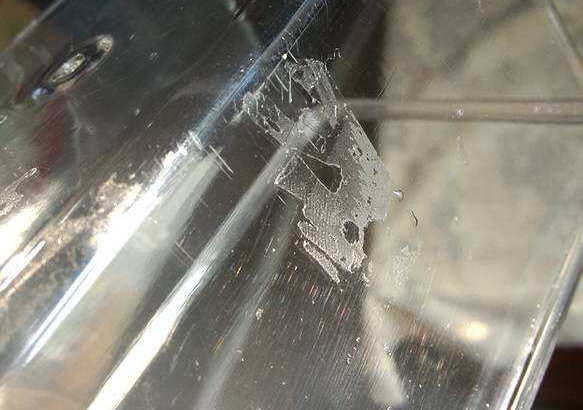
1. Using Rubbing Alcohol or Acetone: Both rubbing alcohol and acetone are excellent solvents for breaking down adhesive residues on glass. Apply a small amount of rubbing alcohol or acetone to a cotton ball or cloth and gently rub it onto the adhesive residue. The solvent will dissolve the adhesive, making it easier to wipe away. This method is particularly effective for stubborn residues and is safe for most glass surfaces. After removing the residue, clean the glass with a glass cleaner to remove any streaks or remaining solvent.
2. Applying White Vinegar: White vinegar is a natural and effective solution for removing adhesive residue from glass. Soak a cloth in white vinegar and place it over the adhesive residue for a few minutes. The acidity of the vinegar will break down the adhesive, making it easier to wipe off. Use a clean cloth to wipe away the dissolved adhesive. This method is safe and effective, leaving the glass clear and residue-free.
3. Using a Razor Blade Scraper: For particularly stubborn residues, a razor blade scraper can be very effective. Hold the razor blade at a low angle and gently scrape the adhesive off the glass surface. Be sure to use a razor blade specifically designed for glass to avoid scratching. Always use the blade with caution and ensure that the glass is wet or lubricated with soapy water or a cleaning solution to prevent scratches. After scraping off the adhesive, clean the glass with a glass cleaner to remove any remaining residue and streaks.
4. Trying a Baking Soda and Water Paste: Baking soda is a gentle abrasive that can help remove adhesive residue from glass surfaces. Mix baking soda with a small amount of water to create a thick paste. Apply the paste to the adhesive residue and let it sit for a few minutes. Gently scrub the area with a soft cloth or sponge. The mild abrasiveness of the baking soda will help lift the adhesive without scratching the glass. After the residue is removed, rinse the area with water and wipe it clean with a glass cleaner.
5. Using Commercial Adhesive Removers: There are many commercial adhesive removers available that are safe for use on glass surfaces. These products are formulated to dissolve adhesive residues without damaging the glass. Follow the instructions on the product carefully, and always test it on a small, hidden area first to ensure it is safe for your specific type of glass. Commercial adhesive removers can be particularly effective for tough residues that do not respond to other methods.
6. Avoiding Scratches and Streaks: When removing adhesive residue from glass, it’s important to take precautions to avoid scratching or streaking the surface. Always use soft, non-abrasive cloths and gentle methods. Avoid using harsh chemicals or abrasive pads that could damage the glass. If using a razor blade, ensure it is specifically designed for glass and is used with caution. After removing the residue, clean the glass thoroughly with a glass cleaner to ensure it is free of streaks and residue.
How to Remove Adhesive Tape Residue from Painted Surfaces?
Removing adhesive tape residue from painted surfaces requires a gentle touch to avoid damaging the paint. Whether the surface is a painted wall, furniture, or an automotive finish, it’s important to use methods that are effective yet safe. Here are several techniques to remove adhesive tape residue from painted surfaces without causing damage.
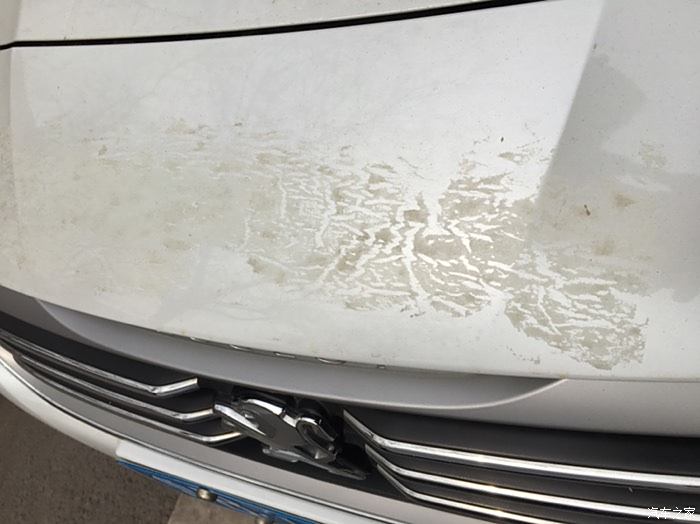
1. Using Warm Soapy Water: One of the gentlest and safest methods for removing adhesive residue from painted surfaces is to use warm soapy water. Mix a few drops of mild dish soap with warm water. Soak a soft cloth in the solution and gently rub the adhesive residue in a circular motion. This method is particularly effective for light residues and is unlikely to damage the paint. After the residue is removed, rinse the area with clean water and dry it with a soft cloth.
2. Applying White Vinegar: White vinegar is a natural solvent that can break down adhesive residues on painted surfaces. Dampen a cloth with white vinegar and place it over the adhesive residue for a few minutes. The acidity of the vinegar will help dissolve the adhesive. Gently rub the area with the cloth until the residue comes off. This method is safe for most painted surfaces but should be tested on a small, hidden area first to ensure it does not damage or discolor the paint.
3. Using Rubbing Alcohol: Rubbing alcohol can be very effective at dissolving adhesive residues on painted surfaces. Apply a small amount of rubbing alcohol to a cotton ball or soft cloth and gently rub it onto the adhesive. Be sure to test the alcohol on an inconspicuous area first to ensure it does not damage the paint. Once the adhesive has been softened, you can wipe it away with a clean cloth. After removing the residue, wash the area with soapy water and rinse it clean.
4. Trying a Hair Dryer: Heat can be used to soften adhesive residue, making it easier to remove. Use a hair dryer on a low heat setting and direct the warm air onto the adhesive residue for a minute or two. The heat will loosen the adhesive’s grip on the paint. Gently wipe away the softened adhesive with a cloth or use a plastic scraper to remove it. Be careful not to overheat the paint, as excessive heat can damage the finish.
5. Applying Baking Soda and Water Paste: Baking soda is a mild abrasive that can help remove adhesive residue without damaging painted surfaces. Mix baking soda with a small amount of water to create a thick paste. Apply the paste to the adhesive residue and let it sit for a few minutes. Gently scrub the area with a soft cloth or sponge in a circular motion. After the residue is removed, rinse the area with clean water and dry it with a soft cloth.
6. Using Commercial Adhesive Removers: There are commercial adhesive removers available that are formulated to be safe for use on painted surfaces. These products are designed to dissolve adhesive residues without damaging the paint. Follow the instructions on the product carefully, and always test it on a small, hidden area first to ensure it does not cause any damage. Commercial adhesive removers can be particularly effective for tough residues that do not respond to other methods.
7. Avoiding Damage to Painted Surfaces: When removing adhesive residue from painted surfaces, it’s important to take precautions to avoid damaging the paint. Always use gentle methods and tools, and avoid using metal scrapers or abrasive pads that could scratch or chip the paint. If you are unsure about a particular method, consider consulting a professional to ensure the paint is not damaged during the removal process.
Conclusion
Removing adhesive tape residue can be a challenging task, especially when dealing with different surfaces like fabric, metal, walls, wood, ceramic, glass, and painted surfaces. However, with the right techniques and tools, you can effectively clean these surfaces without causing damage.
Each surface requires a tailored approach to ensure the adhesive residue is removed safely. Methods such as using warm soapy water, rubbing alcohol, vinegar solutions, baking soda paste, and commercial adhesive removers have proven to be effective across various materials. It’s essential to test any method on a small, inconspicuous area first to avoid unintended damage.
Maintaining the integrity of surfaces during the removal process is crucial. Avoiding harsh chemicals, abrasive tools, and excessive force is key to preserving the quality of fabrics, metals, walls, woods, ceramics, glass, and painted surfaces.
By following these methods, you can ensure that your surfaces remain clean, adhesive-free, and in excellent condition.
About Our Factory
Looking for high-quality adhesive tape solutions? Consider UW Tape, where innovation meets precision. With over twelve years of expertise in custom tape production, our factory boasts six specialized technical research and development laboratories and efficient production lines. We specialize in manufacturing custom industrial tapes tailored to meet your specific needs. Trust UW Tape for reliable adhesive solutions that adhere to the highest standards of quality and performance.
Whether you need tapes for industrial applications, packaging, or specialty uses, UW Tape delivers excellence every time. Visit our website to explore our range of products and discover how we can fulfill your adhesive tape requirements.




